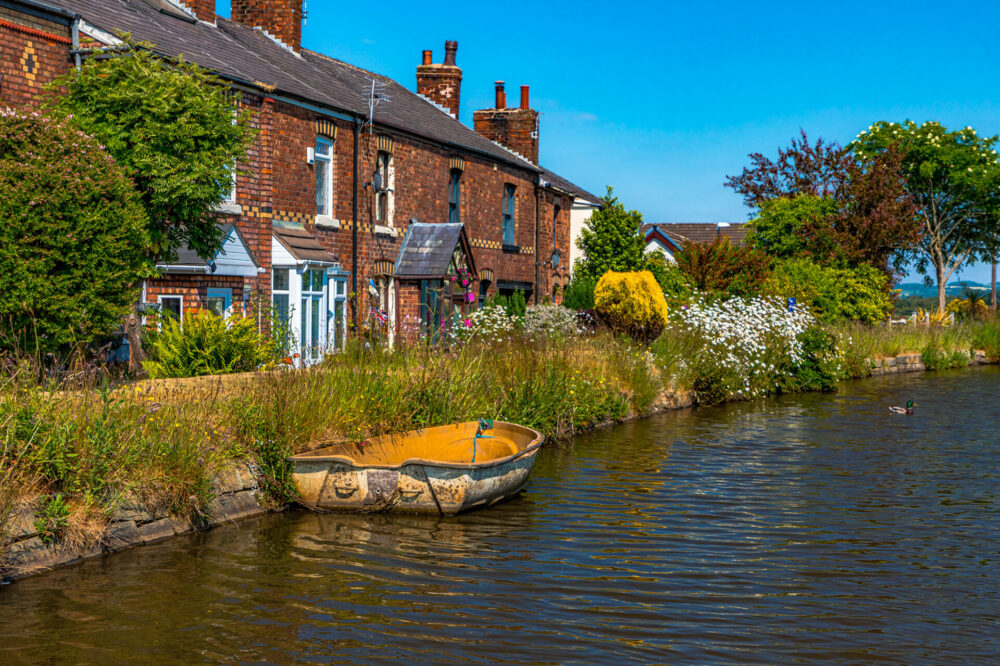If you’ve ever taken a walk, paddle, or narrowboat cruise along a canal, you’ve likely noticed an array of signs peppered along the route. While some are self-explanatory, others may leave you guessing. These signs play a crucial role in ensuring safe navigation, environmental protection, and the smooth sharing of the space between boaters, walkers, cyclists, and wildlife.
In this guide, we’ll break down the most common canal signs and what they mean, so the next time you’re exploring the waterways, you’ll feel right at home.
1. Navigation and Speed Signs
⚓ Speed Limits
Speed limit signs on canals typically refer to the boat’s speed in miles per hour (mph), not knots. Most canals have a limit of around 4 mph. Remember: “If you’re creating a breaking wave, you’re going too fast!”
↔ Passing and Narrow Channels
You might see signs advising when to give way, or indicating a narrow section of canal where only one boat can pass at a time. In such places, always check for oncoming traffic and proceed cautiously.
2. Mooring and Stay Duration Signs
🛳️ Visitor Mooring
These signs let you know where you can moor your boat. They often indicate a time limit such as “24h”, “48h”, or “7 days”. Overstaying can result in fines or requests to move on.
🔴 No Mooring
These signs prohibit mooring, either due to environmental concerns, private property, or safety hazards.
3. Locks and Bridges
🔐 Lock Use Instructions
Locks often come with a set of signs detailing how to operate them properly and safely. These might include:
- “Leave lock empty/full after use”
- “Keep paddles closed”
- Warning symbols for deep drops or strong currents
⚠️ Swing and Lift Bridges
Some bridges require boaters or pedestrians to operate mechanisms. Signs will indicate how to do this, or whether the bridge is operated automatically or manually.
4. Safety and Warning Signs
🚫 Strong Currents
Usually found near weirs, sluices, or pumping stations. These are hazard areas, and signs will often include pictograms or bright colors to catch your attention.
🐦 Wildlife Protection Zones
You may encounter signage that restricts boat speed or mooring near nesting areas, often in spring and summer.
5. Towpath Guidance
🚶♂️🚲 Shared Use
Canal towpaths are shared spaces. You’ll often see signs encouraging courtesy and caution, such as:
- “Share the space”
- “Keep dogs on leads”
- “Give way to pedestrians”
In some areas, cycling is restricted or only allowed in one direction.
6. Heritage and Information Signs
Many canals are steeped in history. Look out for plaques and boards that highlight local heritage, historic structures, or engineering marvels like aqueducts and tunnels. These signs add depth to your journey and often come with fascinating stories.
Final Thoughts
Canal signs are more than just markers—they’re a language of the waterways, helping everyone stay safe, informed, and respectful of their surroundings. Whether you’re a boater, a cyclist, a dog walker, or a history buff, understanding these signs enhances your experience and keeps our canals beautiful for generations to come.
Next time you’re out along the towpath, take a moment to notice the signs—they might just teach you something new.


